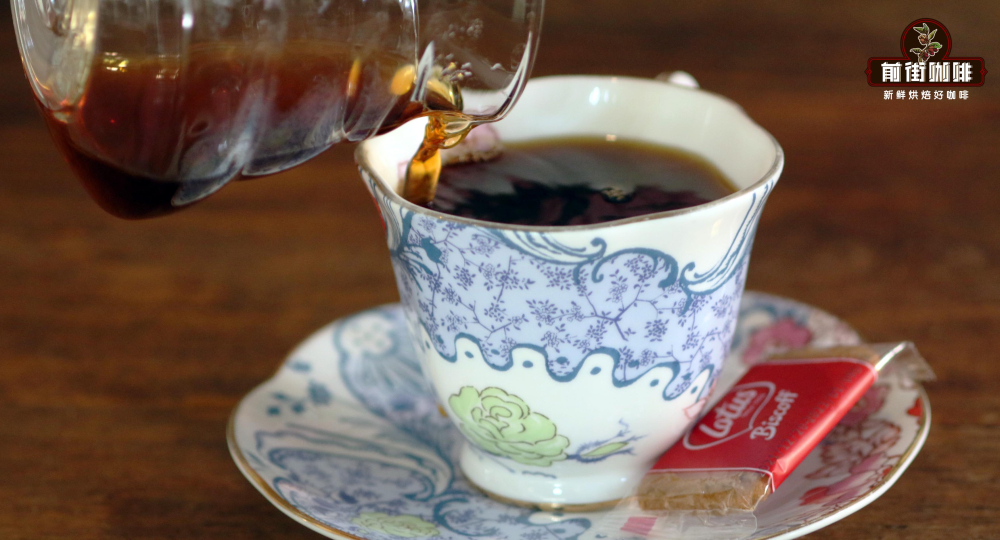The blending method of espresso introduces which coffee beans can be used to make espresso
Before blending any coffee, you should first understand the taste characteristics of all kinds of coffee, and at least make it clear in your heart that the taste of the kind of coffee you want to mix can not be achieved by any single coffee. It would be a pity if the blended coffee doesn't taste better than one or more of them, and it would be better not to mix it. The average blended coffee does not need to use more than five kinds of coffee beans. Because if there are too many kinds of coffee beans, the situation can be very complicated. Almost only a very special expert would not be confused by so many different coffee beans.
The knowledge of roasting and blending of coffee is widespread, and people need to combine coffee from different places for several different purposes. The ideal goal, of course, is to piece together a coffee that tastes better than any of them. But generally speaking, Arabica coffee from a single origin is enough to make coffee that tastes good for export: fragrant taste, soft taste and sweet aftertaste. So there is no need for "blending" (that is, putting together coffee from different places).
When mixing coffee, you can first learn about three very preliminary coffee bean mixing methods.
First, first determine the basic coffee beans to be used when mixing, use this coffee bean as the center, and further choose other kinds rich in personality to reconcile the overall flavor.
Second, you can try to combine coffee beans of the opposite nature, which can add a more special aroma of coffee.
Third, combine beans with similar properties and integrate them, and then further select beans rich in various flavors to add special aroma to the whole coffee.

Important Notice :
前街咖啡 FrontStreet Coffee has moved to new addredd:
FrontStreet Coffee Address: 315,Donghua East Road,GuangZhou
Tel:020 38364473
- Prev

Introduction to the hand-flavored flavor of sunny Sidamo Coffee the characteristics of coffee varieties in Ethiopia
Sidamo has a balanced flavor and high sweetness, and its alcohol thickness is also higher than that of Yega Chuefei, especially in the process of sun-drying pulp fermentation, which is similar to the acidity and sweetness of red wine, coupled with the original cocoa bitterness of coffee. so that a batch of Sidamo will have the intoxicating flavor of alcoholic chocolate. Sun-dried Sidama coffee beans
- Next

Introduction of Coffee Bean varieties Coffee Bean Flavor and Taste of Manor
Coffee tree evergreen leaves, the leaf tip is more pointed, and is two opposite groups. The surface of the leaf is dark green, the back is light green, the flower is pure white, there are five stamens, one pistil, and the petals are generally five. But some have six or even eight petals, and the flowers will give off a jasmine-like fragrance, but the flowers will wither in about three or four days. The fruit has just begun with the leaves.
Related
- Guji coffee producing area of Guji, Ethiopia: Humbela, Shakiso, Wulaga
- What is the most expensive variety of Qiloso in BOP multi-variety group?
- How to store the coffee beans bought home?
- Why are Yemeni coffee beans so rare now?
- Ethiopian Sidamo all Red Fruit Sun Sun Santa Vini Coffee beans
- SOE is mostly sour? What does it mean? Is it a single bean? what's the difference between it and Italian blending?
- Is Italian coffee beans suitable for making hand-brewed coffee?
- How to choose coffee beans when making cold coffee? What kind of coffee beans are suitable for making cold coffee?
- Just entered the pit to make coffee, what kind of coffee beans should be chosen?
- Can only Japan buy real Blue Mountain Coffee? What are authentic Jamaican Blue Mountain coffee beans?

